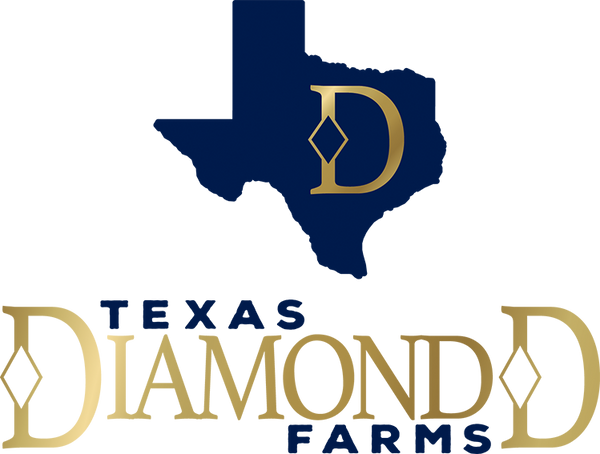Rotational grazing is more than just a trend—it’s a proven strategy that benefits both cattle and the pastures they graze on. By strategically moving livestock between grazing areas, farmers can improve pasture health, optimize cattle nutrition, and increase sustainability on their farms. Let’s dive into the key benefits of rotational grazing and why it might be the perfect addition to your farming practices.
What is Rotational Grazing?
Rotational grazing is a system where cattle are moved between different pasture sections (or paddocks) on a planned schedule. This allows some areas to rest and recover while others are being grazed. The goal is to mimic natural grazing patterns, promote even pasture use, and prevent overgrazing.
The Benefits of Rotational Grazing
Improved Pasture Health
Rotational grazing gives pastures time to recover and regrow, which:
- Prevents overgrazing and soil degradation.
- Promotes a diverse and resilient plant ecosystem.
- Enhances root growth and increases the soil’s water-holding capacity.
Healthy pastures are better able to withstand drought, pests, and other challenges, providing a stable food source for your livestock.
Enhanced Forage Quality
By rotating cattle, farmers ensure that grazing is distributed evenly. This prevents cattle from eating only their favorite plants, which can lead to weed overgrowth. Allowing pastures to recover improves the nutritional quality of forage, providing cattle with a balanced diet.
Increased Cattle Health and Productivity
Better forage quality means better nutrition for your herd. Rotational grazing allows cattle to:
- Access fresh, nutrient-rich forage regularly.
- Avoid exposure to parasites and diseases that accumulate in overgrazed areas.
- Maintain healthier weight and higher productivity levels.
Boosted Soil Fertility
Rotational grazing encourages cattle to distribute manure more evenly across the pasture. This natural fertilization improves soil health, adds organic matter, and enhances the availability of nutrients for plants.
Greater Sustainability
By maximizing pasture use and reducing the need for supplemental feed, rotational grazing supports sustainable farming practices. It reduces input costs, minimizes environmental impact, and aligns with regenerative agriculture principles.
Cost Savings
Rotational grazing can reduce the need for:
- Expensive feed supplements.
- Weed control efforts.
- Veterinary care by improving cattle health through better nutrition and parasite control.
These savings can add up significantly over time, improving your farm’s profitability.
Getting Started with Rotational Grazing
Implementing rotational grazing requires some planning, but the long-term benefits make it worthwhile. Here’s how to get started:
- Divide Your Pastures: Use temporary or permanent fencing to create paddocks.
- Create a Schedule: Rotate cattle based on forage availability and recovery time.
- Monitor and Adjust: Regularly evaluate pasture conditions and cattle health to refine your system.
- Invest in Water Access: Ensure each paddock has adequate water for your herd.
Rotational grazing is a win-win solution for farmers, cattle, and the environment. By promoting healthier pastures, better nutrition, and sustainable practices, it helps ensure long-term success for your farm. Whether you’re a seasoned farmer or just starting out, consider integrating rotational grazing into your operation for a more balanced and productive future.
Have you tried rotational grazing on your farm? Share your experiences in the comments below!
